
Click here to view image

Click here to view image

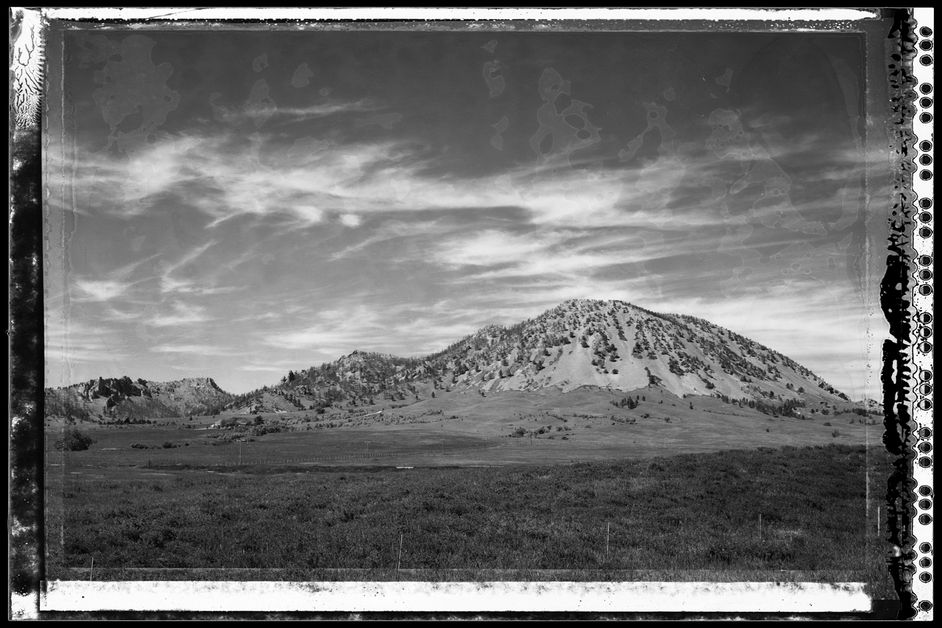
Click here to view image

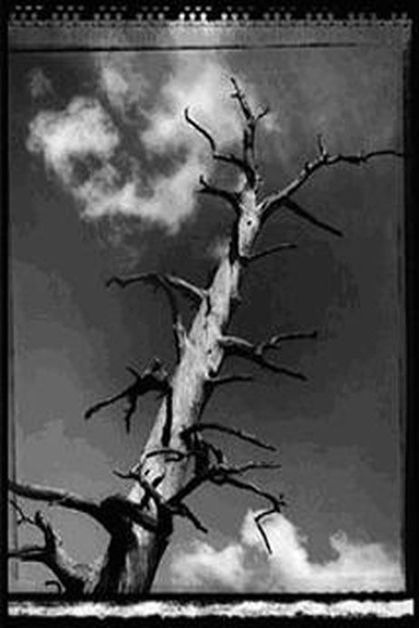
Click here to view image

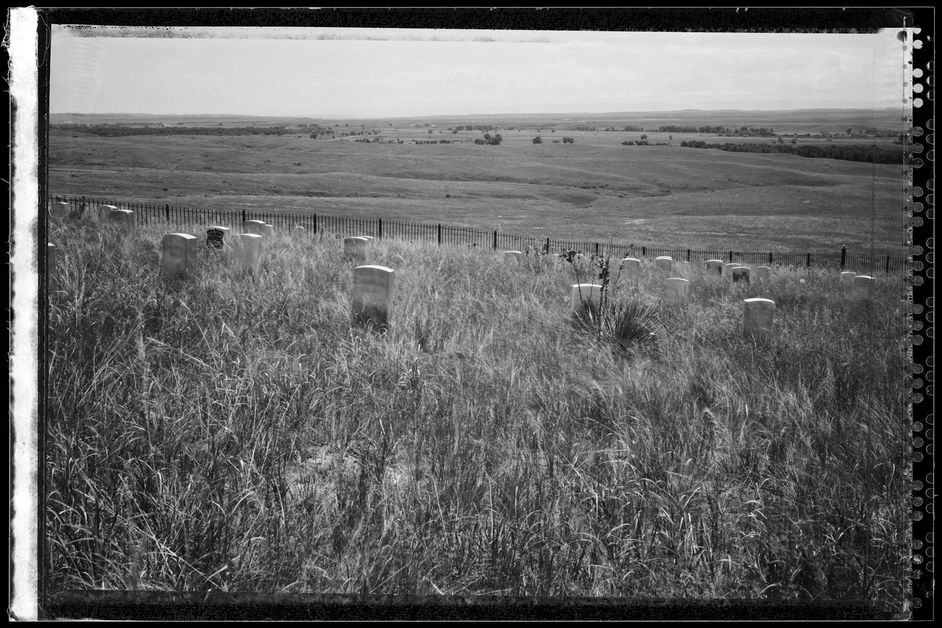
Click here to view image

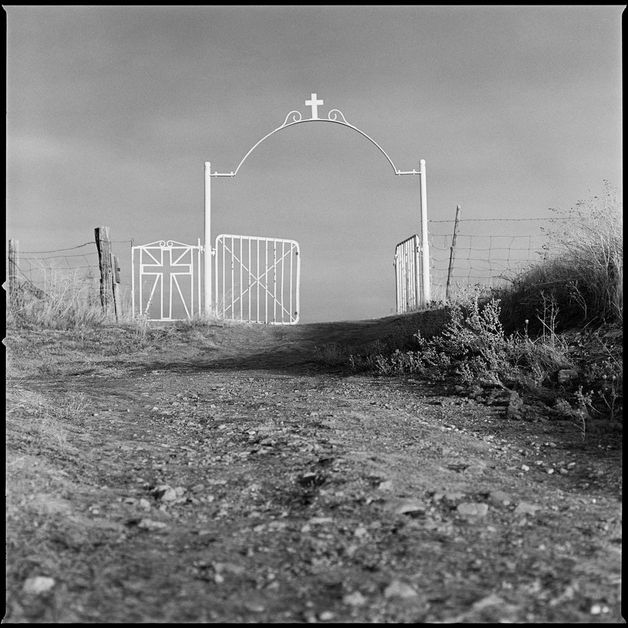
Click here to view image

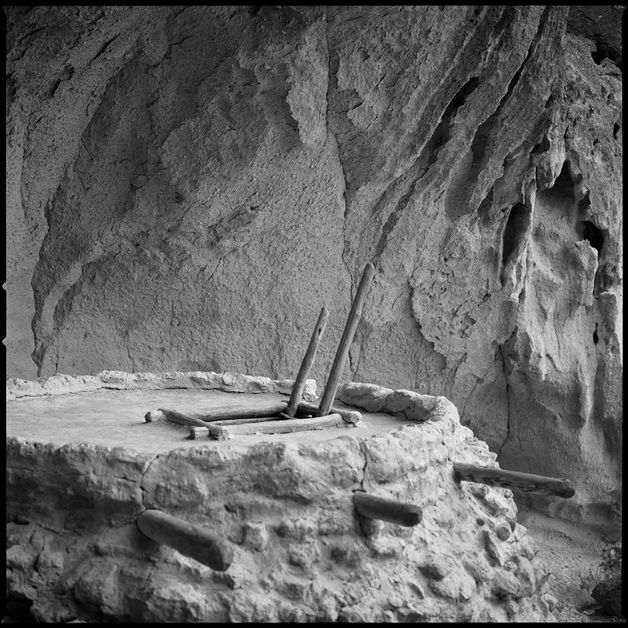
Click here to view image

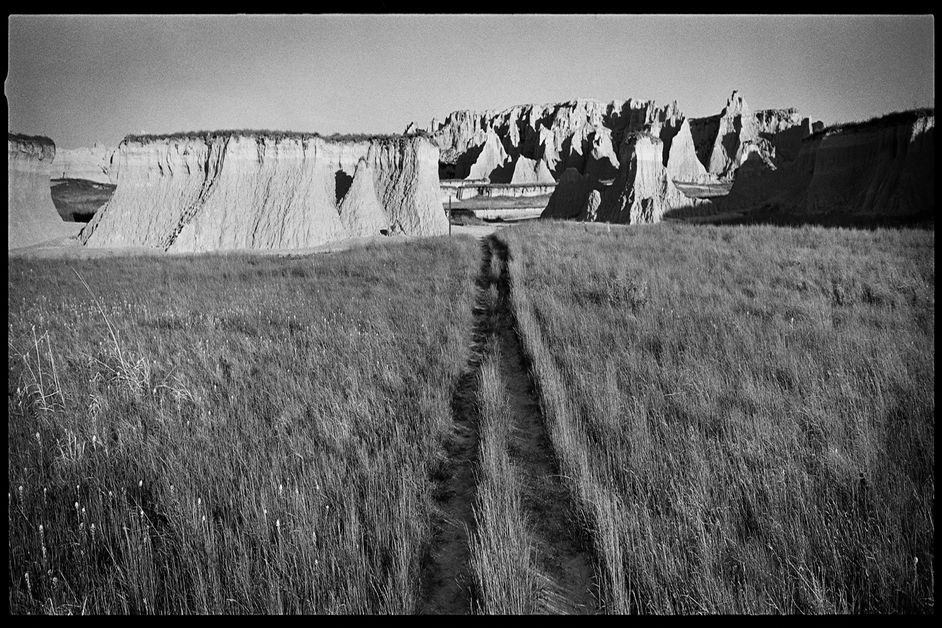
Click here to view image


Click here to view image


Click here to view image
Fan


Click here to view image
Kingfisher flies through the irises
Utagawa, Hiroshige
ukiyo-e woodblock print
- XIX
S-0351
Unità di misura: cm; Altezza: 33.5; Larghezza: 11.4
carta giapponese- xilografia
Fiori d'Oriente Arte e Poesia, metafore simboli nella cultura artistica e letteraria del Giappone - Genova, Museo d'Arte Orientale E. Chiossone - 21 aprile 2011 - 30 ottobre 2011
Kachōga (花鳥画), literally “flower and bird paintings,” have always been very popular in Japanese painting. The earliest surviving forms of kachōga are lacquer and metal works dating back to before the Kamakura period (1192–1333), while the earliest surviving paintings featuring the theme of “flowers and birds” date back to the Muromachi period (1338–1573) and are painted in monochrome ink by Zen monks. The first polychrome depictions appeared in the fifteenth century, especially on folding screens where the decorations of the panels followed the progression of the seasons. During this period, the artists of the Kanō school (Kanōha 狩野派) introduced the stylistic revolution of the genre, synthesizing the brush strokes typical of Chinese ink paintings with the flat, vivid colors and extensive use of gold characteristic of yamato-e (大和絵) painting. Before arriving at ukiyo-e prints, two styles emerged in the Edo period: that of the Rinpa (琳派) artists, focused on a more decorative rendering, and the naturalistic style of the artists of the Maruyama Shijō (円山四条派) school. Typically, kachōga depicted migratory birds alongside seasonal flowers; the depictions were soon embellished with themed poems. Along a stream, a kingfisher flies between two Japanese iris flowers. At the top left there is an"haikai" , a poem dedicated to the bird: "The kingfisher adjusts his feathers while looking at himself in the water."




Headquarters:
Municipality of Genoa - Palazzo Tursi
Via Garibaldi 9 - 16124 Genoa
C.F / VAT 00856920102